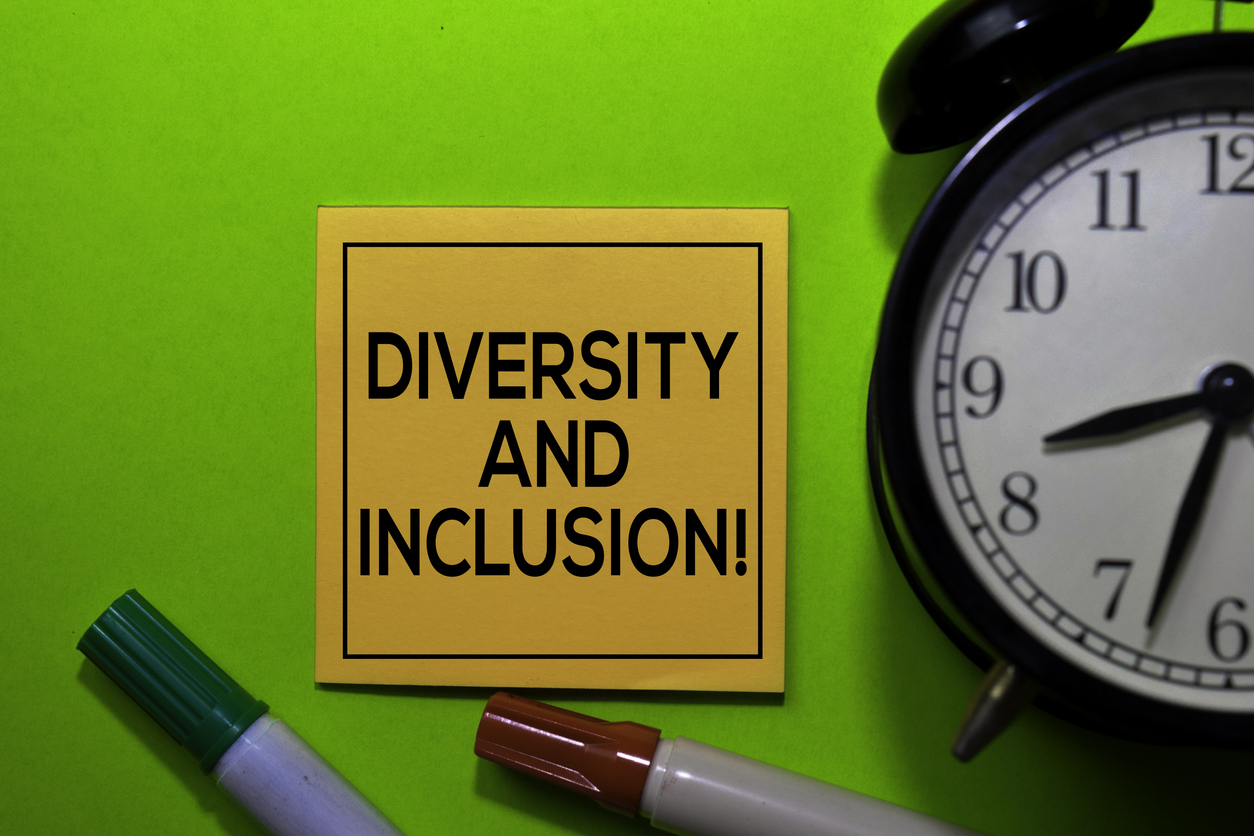“Diversity and Inclusion” has become a hot topic as an increasing number of global firms in Japan have started promoting it as part of their corporate culture. Diversity and Inclusion management creates a working environment in which diverse groups or individuals have equal access to opportunities and resources, and feel respected and valued as being essential to the success of the organization.
As the coronavirus pandemic is reshaping how we work, many companies view remote work as a feasible long-term option. In fact, the current work-from-home trend can promote the new management strategy. Why has Diversity and Inclusion increasingly become a talking point in many businesses in Japan?
What is workplace diversity and why is it important?
Diversity in the workplace refers to an organization hiring a wide range of different individuals irrespective of gender, age, nationality/ethnicity, sexual orientation, disability, or other attributes. In Japan, it was not until 2000 that it became a more common term as Japanese firms enacted change to hire more female and disabled employees due to the new policies by the government.
Why is the change needed? Japan has to grapple with the severe issue of a decreasing working-age population. It’s clear that the traditional workplace where only healthy males support society will not function anymore as it used to. In a diversified and globalized society, unique workers with different perspectives and backgrounds add more value to a business and beef up competitiveness to achieve a business advantage.
A strong diversity and inclusion strategy is essential
Recruiting more females and those in minority groups is not enough to make a difference in an organization’s performance. A deep-rooted perception and bias against working with those with different values, mostly created by the stereotypical work culture, makes it hard for the Japanese workers, especially the seniors, to be receptive to the idea of workplace diversity.
Thus, a successful company requires both a diverse workforce and an inclusive organizational culture providing a sense of belonging or connection to an organization or group of colleagues. In an inclusive workplace, employees feel welcomed, respected, and valued for their unique personalities, and encouraged to equally participate in the organization. The idea is also suggested in the report of “How we work in 2035” by the government.
One of the initial challenges that management faces is to put in place a flexible system and organizational structure that allow employees to work based on their orientation and characteristics. Amid the coronavirus pandemic, remote work is showing the possibility to promote the entrenchment of diversity management that includes employing an important resource, the people with physical disabilities.
Diversity and inclusion efforts cannot overlook the importance of disability inclusion
The Act for Promotion of Employment of Persons with Disabilities will be updated in 2021 to require 2.3% of the workforce within the private sector with more than 46 employees to identify as having a disabled worker, from the current 2.2%.
Under the current system that requires companies failing to meet the minimum employment rate to pay levies, only about half of them clear the mandatory quota. The legal standard for national and local government bodies is a little bit higher to lead the efforts, but it revealed in 2018 that a number of national ministries and agencies have padded their figures, which in fact had been going on for more than 40 years.
The reasons for the shortfall are various, but small firms with limited staff may find it difficult to achieve the proportion while the disabled workers may not feel satisfied with their jobs or the working environment.
However, the sudden switch to remote work in the global pandemic is expected to open doors to hiring more people with disabilities. It provides opportunities to such workers with language proficiency to work from home as a translator, or a minute taker of online meetings or presentations. A fully virtual call center transformed from in-house operations increases their chance to deliver as good performances as the non-disabled do. In an inclusive workplace with the disabled, businesses can benefit from their unique perspectives and ideas on such as product development or marketing, or increase a chance to discuss a better accessibility of technology within the organization.
How we work in the future
Efforts to implement diversity and inclusion policies can help create an instilled respect and appreciation across the workforce when all individuals with distinctive characteristics regardless of nationality, generation, or marital/parental status feel equally valued by given a chance to contribute in their own way. The corporate culture that comes from the initiatives can drive business values, and eventually lead to increased productivity and profitability. By looking at the demographic shifts in Japan, it is imperative for business leaders to accelerate D&I initiatives within their workplaces.
However, the reality is that, whether it is conscious or not, even gender bias still prevails in many of the domestic firms. The management efforts for D&I can start with the practices for recognition to address the issue and design an effective permanent system to embrace the policy. Continuous offering of remote roles can be also one of the useful measures for the successful practices.
Japan is taking strides toward building a diverse and inclusive country where the differences of individuals are celebrated. The conventional top-down approach to management is being transformed into a stronger business inspired by unique individuals. The dawn of the new age of D&I work culture is just around the corner.






